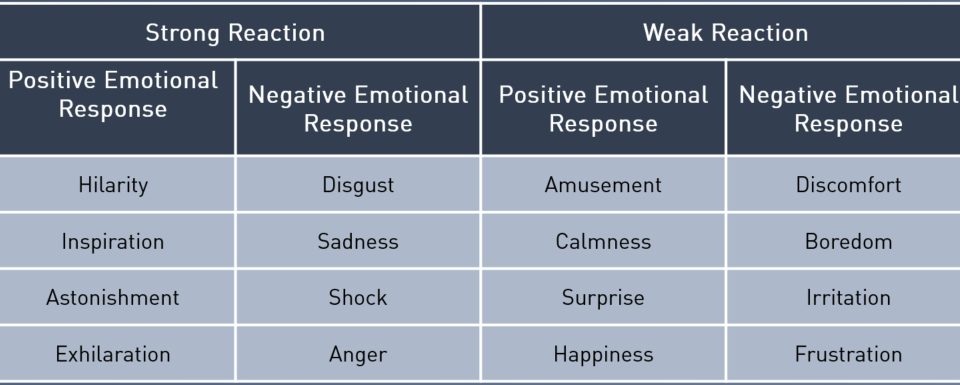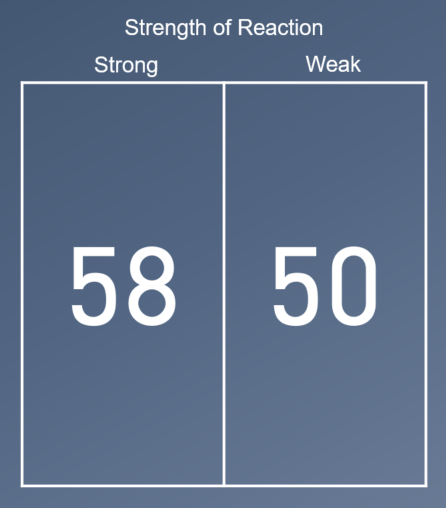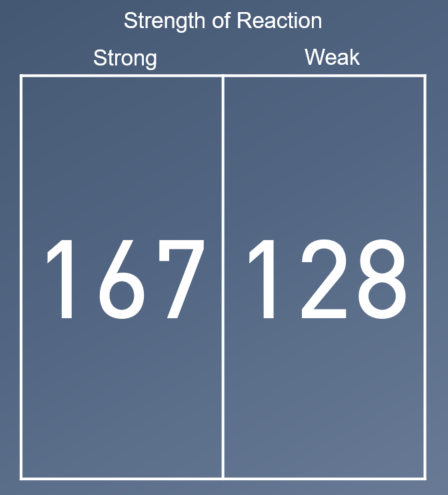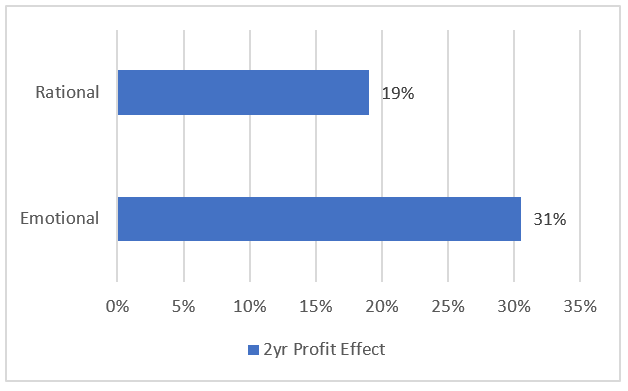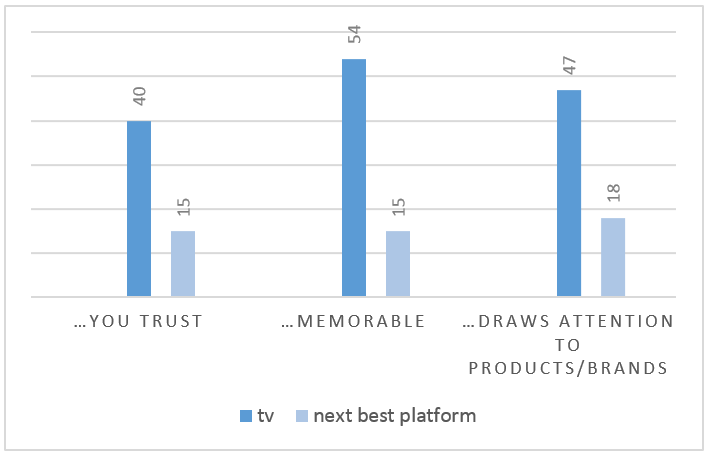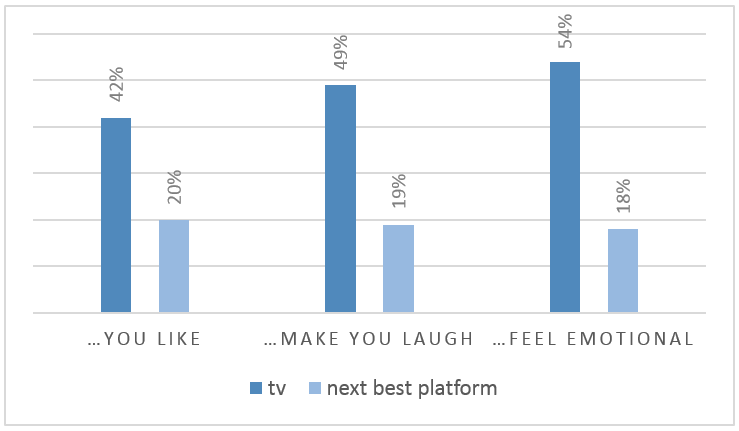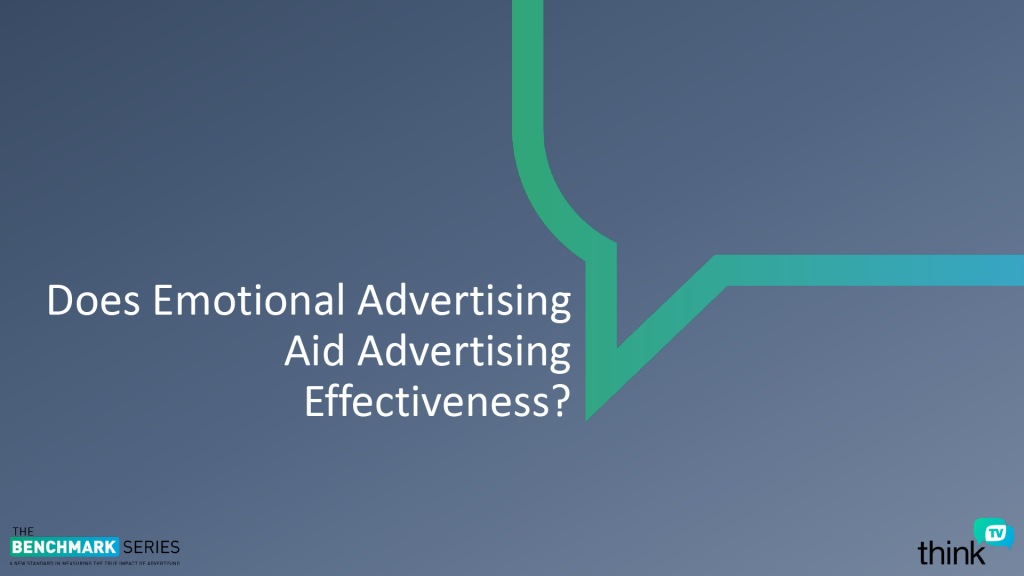There are certain times of the year when big emotional ads tend to come to market: and in Australia the run up to Christmas is prime time. We’re talking about those rich, narrative, evocative ads which tell stories that tug at our heartstrings, stir us to tears, or make us smile, like this great piece from David Jones:
We already know that gut-feel and emotion seem to trump rationality in much of consumer activity: studies have found for instance that 90% of human decision making is dictated by emotion and 85% of consumer purchases are driven by emotional attachment* – and that 95% of our purchase decisions take place sub-consciously**.
But what of advertising itself… Can an emotionally evocative ad do more for a brand than a non-evocative one?
We found the answer nestled among the wealth of data collected in the Benchmark Series, a groundbreaking-independent large scale, in-home study into how Australians really engage with video advertising across different platforms and devices.
How we got the answer
ThinkTV commissioned globally-renowned marketing science academic Professor Karen Nelson-Field from the University of Adelaide to undertake the Benchmark Series in 2016.
The Professor’s major findings in September 2017 were that ads on TV generate more attention, and therefore a greater sales impact, than ads on Facebook or YouTube, and that the difference is predominantly explained by the higher visibility of ads on TV (where the ad is shown on 100pc of the screen 100pc of the time).
As part of her survey of more than 2,600 Australians, Professor Nelson-Field also asked 140 consumers to view 15 TV advertisements and classify their feelings upon viewing. And it’s those findings, coupled with some clever academic work, which answered our question.
First, Professor Nelson-Field asked viewers to classify the intensity of their reactions and whether their emotional responses were positive or negative using the “arousal valence grid” below – they were asked to circle one word after each ad they were shown.
The Professor and her team then rated each ad’s sales impact using the following two metrics:
- Attention: how much their eyes were on the screen, as measured using state-of-the-art eye-tracking software.
- Short-term advertising strength or STAS*** (measured by how often brands were picked out by viewers in an online supermarket after they had watched a series of ads).
The attention and STAS scores for each ad were then matched against the types and levels of emotions each ad elicited – btw, here’s a short video explaining the Benchmark Series’ broader methodology in case it helps.
So, to the results:
The Professor readily admits that she did not use the world’s biggest survey sample for this part of the series but is quick to stress that the findings match the findings from similar work she published in 2013. That gave her and her team complete confidence that the results stand up to scrutiny and would carry in a larger sample.
TV is an experience
TV has premium quality content, which provides high levels of viewer engagement and attention as well as level of receptivity and viewing time to allow for engaging, compelling storytelling. It affords brands the time and space to create a beginning, middle and end, build tension and resolution, triumph or loss in their advertising across all types of screens and devices.
More like this

Facts & Stats / The Benchmark Series
The Benchmark Series: Cross Channel Impact
In its seventh year, The Benchmark Series investigates the impact of different media channels and their interactions to drive the best media mix.
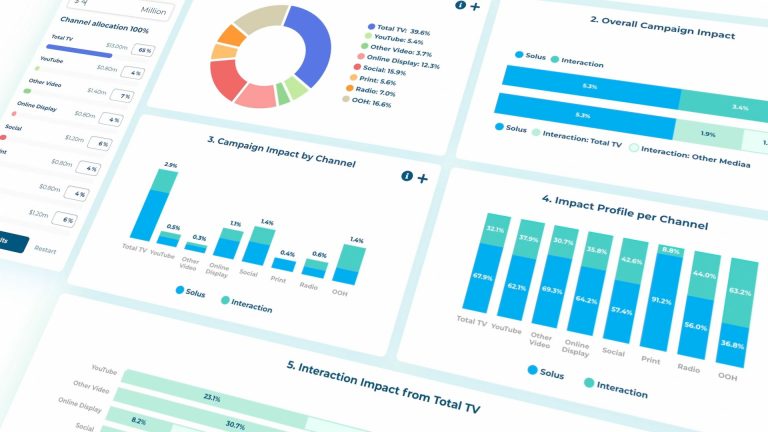
Facts & Stats / The Benchmark Series
The Brand Engine: Optimise your media spend & power better brand outcomes
Marketers are always looking to increase effectiveness and efficiency of media investment, but without consistent access to econometric modelling it can be challenging to design campaigns for the best possible […]

Facts & Stats / The Benchmark Series
Cross Channel Impact: A Focus on Retail & Services

Facts & Stats / The Benchmark Series
Not all reach is equal: TV commands more attention than social video

Facts & Stats / The Benchmark Series
The Benchmark Series: Cross Screen Effects
The results from The Benchmark Series have consistently demonstrated that the superior screen coverage and viewability of TV drives greater attention and delivers higher sales impact than social video, irrespective […]

Facts & Stats / The Benchmark Series
The Benchmark Series: Overview
Five tranches of the Benchmark research have now been conducted and before you sit down to nut out your media spend, here’s what you need to know.

Facts & Stats / The Benchmark Series
The Benchmark Series: Viewability
As part of The Benchmark Series, ThinkTV commissioned Dr Karen Nelson-Field, a Professor of Media Innovation at The University of Adelaide, to conduct an independent, large-scale in-home study into how Australians really engage with […]

Facts & Stats / The Benchmark Series
The Benchmark Series: Video advertising on mobile
The mobile tranche of The Benchmark Series from Professor Karen Nelson-Field compares the awareness, coverage and, most importantly, the sales impact of TV, Facebook and YouTube video advertising delivered via […]

Facts & Stats / The Benchmark Series
The Benchmark Series: Memory Decay
In “Advertising Effectiveness: The Long and the Short of it”, Les Binet and Peter Field showed that advertising works in two ways; in the short term to drive sales amongst […]


